<< Previous | Displaying results 3501-3550 of 6769 for "" | Next >>
After WWII, many Holocaust survivors, unable to return to their homes, lived in displaced persons camps in Germany, Austria, and Italy. Read about Bad Gastein DP camp.
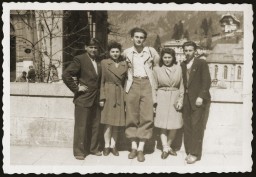
After WWII, many Holocaust survivors, unable to return to their homes, lived in displaced persons camps in Germany, Austria, and Italy. Read about Ebensee DP camp.
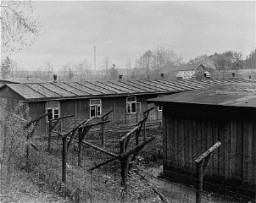
After WWII, many Holocaust survivors, unable to return to their homes, lived in displaced persons camps in Germany, Austria, and Italy. Read about Steiermark District DP camps.
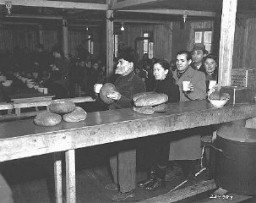
After WWII, many Holocaust survivors, unable to return to their homes, lived in displaced persons camps in Germany, Austria, and Italy. Read about Rothschild Hospital DP camp.
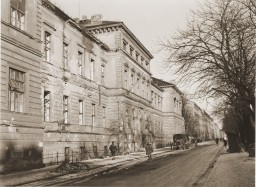
After WWII, many Holocaust survivors, unable to return to their homes, lived in displaced persons camps in Germany, Austria, and Italy. Read about Salzburg DP camp.
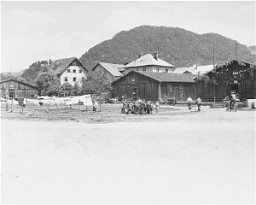
After WWII, many Holocaust survivors, unable to return to their homes, lived in displaced persons camps in Germany, Austria, and Italy. Read about Düppel Center DP camp.
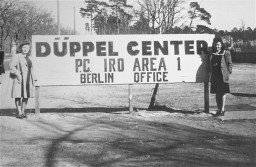
After WWII, many Holocaust survivors, unable to return to their homes, lived in displaced persons camps in Germany, Austria, and Italy. Read about Fürth DP camp.
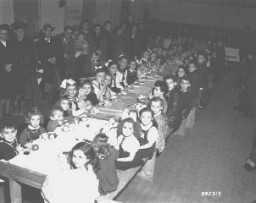
After WWII, many Holocaust survivors, unable to return to their homes, lived in displaced persons camps in Germany, Austria, and Italy. Read about Heidenheim DP camp.

After WWII, many Holocaust survivors, unable to return to their homes, lived in displaced persons camps in Germany, Austria, and Italy. Read about Lampertheim DP camp.

After WWII, many Holocaust survivors, unable to return to their homes, lived in displaced persons camps in Germany, Austria, and Italy. Read about Landsberg DP camp.
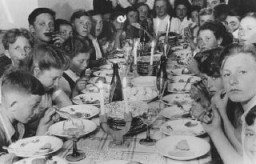
After WWII, many Holocaust survivors, unable to return to their homes, lived in displaced persons camps in Germany, Austria, and Italy. Read about Leipheim DP camp.
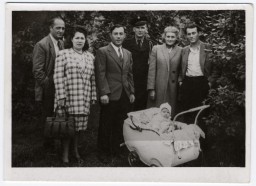
After WWII, many Holocaust survivors, unable to return to their homes, lived in displaced persons camps in Germany, Austria, and Italy. Read about Lindenfels DP camp.
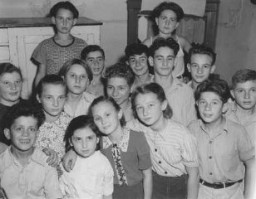
After WWII, many Holocaust survivors, unable to return to their homes, lived in displaced persons camps in Germany, Austria, and Italy. Read about Mariendorf DP camp.
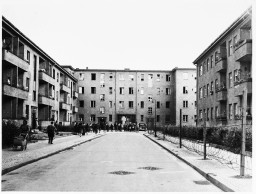
After WWII, many Holocaust survivors, unable to return to their homes, lived in displaced persons camps in Germany, Austria, and Italy. Read about München Neu Freimann DP camp.
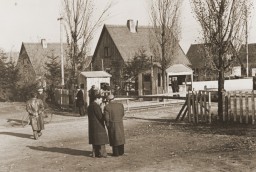
After WWII, many Holocaust survivors, unable to return to their homes, lived in displaced persons camps in Germany, Austria, and Italy. Read about Stuttgart West Displaced DP camp.
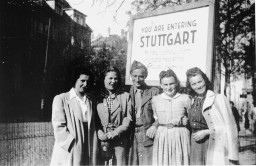
After WWII, many Holocaust survivors, unable to return to their homes, lived in displaced persons camps in Germany, Austria, and Italy. Read about Wetzlar DP camp.
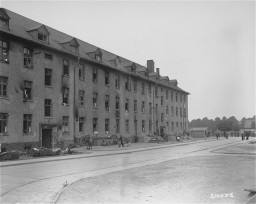
After WWII, many Holocaust survivors, unable to return to their homes, lived in displaced persons camps in Germany, Austria, and Italy. Read about Ziegenhain DP camp.
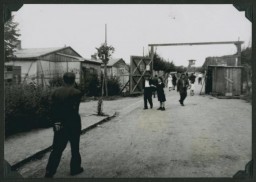
After WWII, many Holocaust survivors, unable to return to their homes, lived in displaced persons camps in Germany, Austria, and Italy. Read about Zeilsheim DP camp.
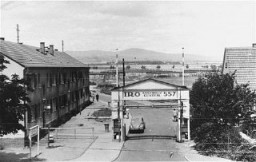
After WWII, many Holocaust survivors, unable to return to their homes, lived in displaced persons camps in Germany, Austria, and Italy. Read about Santa Maria di Bagni DP camp.
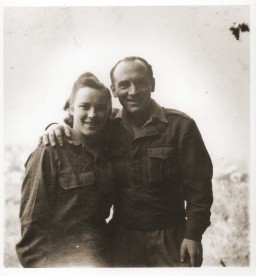
After WWII, many Holocaust survivors, unable to return to their homes, lived in displaced persons camps in Germany, Austria, and Italy. Read about Bari Transit DP camp.
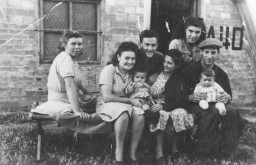
After WWII, many Holocaust survivors, unable to return to their homes, lived in displaced persons camps in Germany, Austria, and Italy. Read about Cinecittà DP camp.
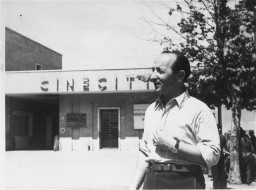
After WWII, many Holocaust survivors, unable to return to their homes, lived in displaced persons camps in Germany, Austria, and Italy. Read about Cremona DP camp.
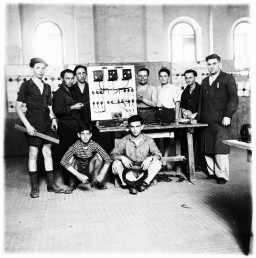
After WWII, many Holocaust survivors, unable to return to their homes, lived in displaced persons camps in Germany, Austria, and Italy. Read about Santa Maria di Leuca DP camp.
After WWII, many Holocaust survivors, unable to return to their homes, lived in displaced persons camps in Germany, Austria, and Italy. Read about Milan and Adriatica DP camps.
After WWII, many Holocaust survivors, unable to return to their homes, lived in displaced persons camps in Germany, Austria, and Italy. Read about Rivoli DP camp.
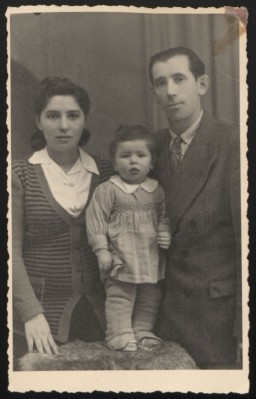
After WWII, many Holocaust survivors, unable to return to their homes, lived in displaced persons camps in Germany, Austria, and Italy. Read about Tricase DP camp.
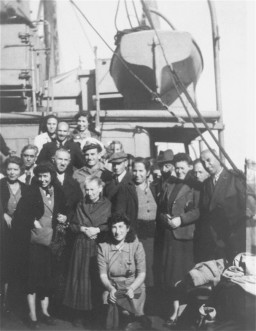
After WWII, many Holocaust survivors, unable to return to their homes, lived in displaced persons camps in Germany, Austria, and Italy. Read about Turin DP camp.
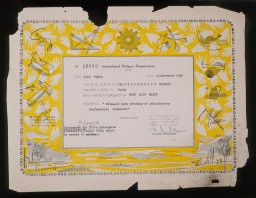
After WWII, many Holocaust survivors, unable to return to their homes, lived in displaced persons camps in Germany, Austria, and Italy. Read about Poking Pine City DP camp.
After WWII, many Holocaust survivors, unable to return to their homes, lived in displaced persons camps in Germany, Austria, and Italy. Read about Gabersee DP camp.
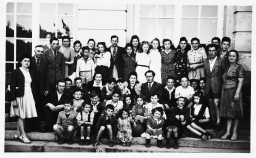
After Adolf Hitler became German chancellor on January 30, 1933, the SA and the SS unleashed waves of violence against political opponents and Jews. Learn more.
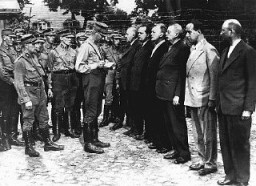
The Vichy regime introduced race laws to the North African territories in October of 1940. Learn about the impact of the laws on the region’s Jewish people.
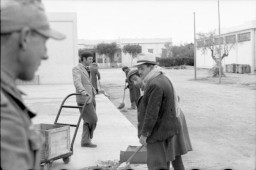
The International League Against Anti-Semitism in North Africa (LICA) was created in 1929 as a Jewish-Muslim partnership to combat racism and antisemitism.
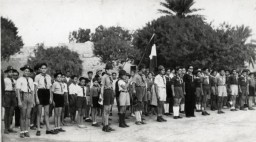
Fascism is a far-right authoritarian political philosophy. Learn about the history and principles of fascism and its implementation in Nazi Germany.
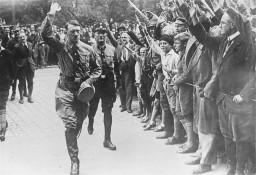
Learn about the diverse Jewish population of North Africa on the eve of World War II.
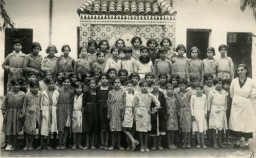
Learn about the network of camps that the French collaborationist Vichy authorities established in Algeria, Morocco, Tunisia, and French West Africa.
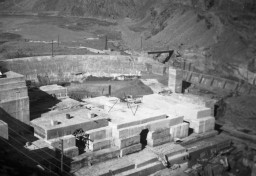
To implement their policies, the Nazis had help from individuals across Europe, including professionals in many fields. Learn about the role of civil servants.
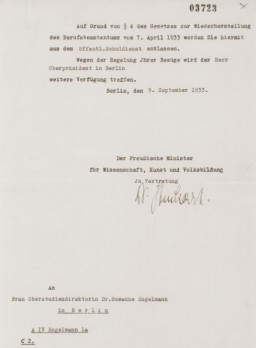
To implement their policies, the Nazis had help from individuals across Europe, including professionals in many fields. Learn about the role of academics and teachers.
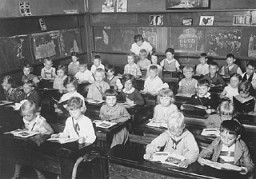
To implement their policies, the Nazis had help from individuals across Europe, including professionals in many fields. Learn about the role of the military.
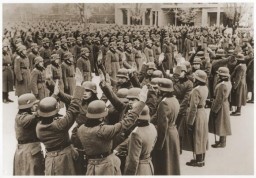
To implement their policies, the Nazis had help from individuals across Europe, including professionals in many fields. Learn about the role of German clergy and church leaders.
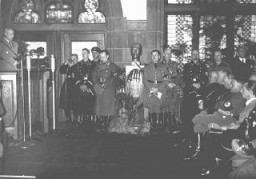
To implement their policies, the Nazis had help from individuals across Europe, including professionals in many fields. Learn about the role of business elites.
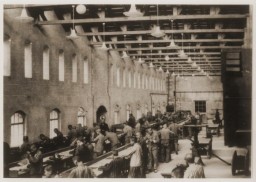
Communist ideas spread rapidly in Europe during the 19th and 20th centuries, offering an alternative to both capitalism and far-right fascism and setting the stage for a political conflict with global repercussions.
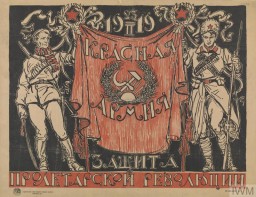
Learn about some key dates in the life of Adolf Hitler, one of Europe's most ruthless dictators, who led the Nazis from 1921 and Germany from 1933-45.

Read the Jewish Partisan Educational Foundation's short biography of Bernard Musmand.
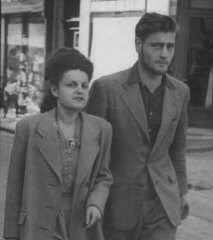
Read the Jewish Partisan Educational Foundation's short biography of Dora Oltulski.
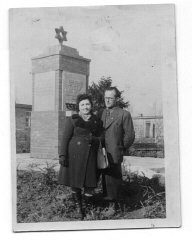
Read the Jewish Partisan Educational Foundation's short biography of Sonia Orbuch.
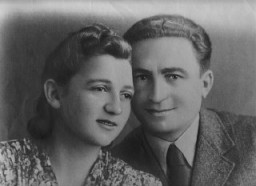
Read the Jewish Partisan Educational Foundation's short biography of Silvio Ortona.
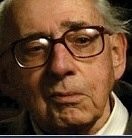
Read the Jewish Partisan Educational Foundation's short biography of Martin Petrasek.
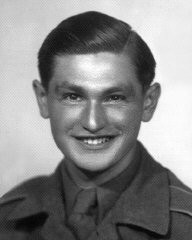
Read the Jewish Partisan Educational Foundation's short biography of Meir Porges.
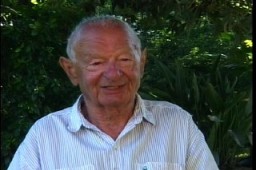
Read the Jewish Partisan Educational Foundation's short biography of Norman Salsitz.
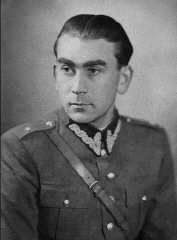
Read the Jewish Partisan Educational Foundation's short biography of Faye Schulman.
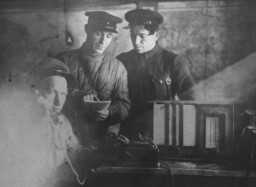
We would like to thank Crown Family Philanthropies, Abe and Ida Cooper Foundation, the Claims Conference, EVZ, and BMF for supporting the ongoing work to create content and resources for the Holocaust Encyclopedia. View the list of donor acknowledgement.